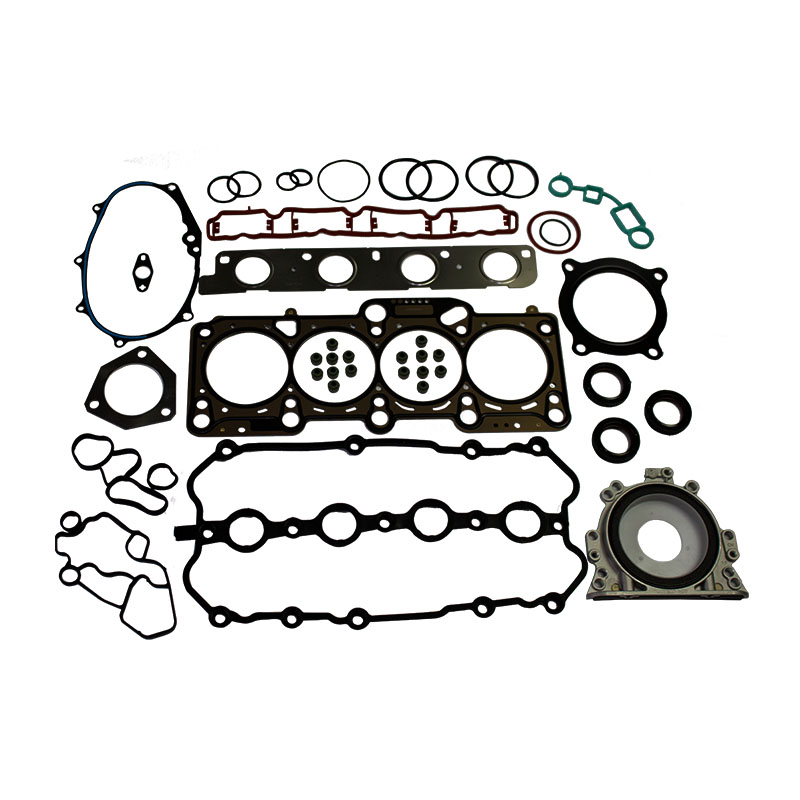main crank seal
Understanding the Main Crank Seal Its Importance and Maintenance
The main crank seal, often referred to as the crankshaft seal, plays a critical role in the operation of an internal combustion engine. Situated at the front and rear of the crankshaft, these seals prevent the leakage of engine oil while also protecting the components from dirt, dust, and other contaminants that can adversely affect the engine’s performance. Despite their small size, main crank seals are vital for ensuring the longevity and efficiency of an engine, and understanding their function, maintenance, and common issues can help vehicle owners take better care of their engines.
Function of the Main Crank Seal
The primary function of the main crank seal is to keep the engine oil contained within the crankcase. As the crankshaft spins, it requires a lubricant to minimize friction between various moving parts. This lubricant is typically engine oil, which lubricates the bearings and reduces wear. Without a properly functioning crank seal, engine oil could leak out, leading to low oil levels, increased friction, and ultimately, catastrophic engine failure.
In addition to retaining oil, the main crank seal also serves as a barrier against contamination. Dust, water, and abrasive particles can infiltrate the engine if the seals are worn or damaged. This could result in sludge buildup and other problems that diminish engine performance over time.
Signs of a Failing Crank Seal
Recognizing the signs of a failing main crank seal is essential for proactive maintenance
. Some common indicators include1. Oil Leaks The most obvious sign of a failing crank seal is oil leakage. Check for pools of oil underneath your vehicle or slick spots on the engine block.
2. Low Oil Levels Regularly monitoring oil levels is crucial. A significant drop in oil levels may indicate a leak at the crank seal.
3. Engine Performance Issues If the crank seal is damaged, it can lead to reduced oil pressure, affecting the engine's overall performance. You may notice a decrease in power or irregular engine behavior.
main crank seal

4. Visual Inspection If you can access the crankshaft area, look for oil residue or buildup around the seals. Any signs of wear or degradation may warrant a replacement.
Maintenance of the Main Crank Seal
Maintaining the main crank seal involves more than just addressing leaks when they arise. Here are some important maintenance tips to consider
1. Regular Oil Changes Keeping engine oil clean and at the appropriate level can prolong the life of the main crank seal. Old, dirty oil increases the chances of seal wear.
2. Monitor Engine Temperature Overheating can lead to premature wear on seals. Ensure that the cooling system is functioning properly to keep temperatures in check.
3. Avoid Over-torquing When replacing the crankshaft or working on engine components, be cautious about applying excessive torque. Over-tightening can damage seals, leading to leaks.
4. Inspect During Routine Maintenance During regular vehicle maintenance checks, have a qualified mechanic inspect the crank seals. Early detection of wear can save you from costly repairs.
Conclusion
The main crank seal is an essential component of an internal combustion engine, serving to retain oil and protect against contaminants. Understanding its function, recognizing the signs of wear, and committing to regular maintenance can significantly enhance the longevity and performance of your engine. By paying attention to this crucial but often overlooked part of your vehicle, you can ensure a smoother and more reliable driving experience. Whether you are a seasoned mechanic or a casual vehicle owner, maintaining awareness of the main crank seal’s condition can help prevent costly issues down the road.
-
The Ultimate Guide to Car Repair Kits: Tools and Essentials Every Driver Should Own
News Aug.01,2025
-
The Complete Guide to Oil Pan Gaskets: Sealing Engine Leaks the Right Way
News Aug.01,2025
-
Preventing Oil Leaks: A Complete Guide to Oil Pan Gaskets and Drain Seals
News Aug.01,2025
-
Everything You Need to Know About Oil Pan Gaskets and Drain Plug Seals
News Aug.01,2025
-
Essential for Car Owners: How to Use a Car Repair Kit to Deal with Minor Breakdown
News Aug.01,2025
-
Comprehensive Guide to Engine Oil Sump Gaskets and Related Seals
News Aug.01,2025
-
The Ultimate Guide to Boat Propeller Bearings and Trailer Wheel Bearings
News Jul.31,2025
Products categories















